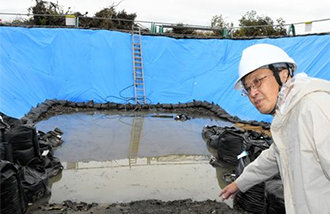Korean Pushers Takes on Chinese Attackers
Korean Pushers Takes on Chinese Attackers
Posted April. 27, 2002 09:05,

Raw clash of `Pushing Soccer` versus `Attacking Soccer.`
At 7 P.M on April 27, the Korean National Team will clash head on with the Chinese National Team in Moonhak World Cup Stadium at Incheon, as the two teams have upgraded their capabilities for the games.
The Korean team lastly took on the Chinese National Team in A matches (games held between national teams) in October 2000, during a semi-final of the Asian Cup that has been held in Beirut, Lebanon. The Korean team won 1:0 with a clinching goal by Lee Dong-Gook at that time, recording the total tally of fourteen wins and nine draws (Korean team`s win in the Dynasty Cup final in Beijing with spot kicks after a tie was officially tallied as a draw).
But the situation has changed. Not only both teams have foreign coaches employed to change rapidly their team colors, but especially the Chinese team has gone through severe testing after getting the ticket to the World Cup final through the qualifiers of Asian region.
The Korean National Team coached by Guus Hiddink adapts a total soccer approach that pushing opponents hard in defense and offense sides. When the team is in defense position, even the most forward striker takes part in pushing strategy to eliminate the passing space of opposing team, but when the ball is taken, the most backward defense line advances to the half line to oppress the opponents. This is a lot of change since the past days of Korean soccer when man-to-man blockings and breakings into both sides by long passes were a hallmark of the team.
The Chinese National Team coached by Bora Milutinovic, so-called an employed killer for the World Cup finals, added various attacking routes to traditional height and speed advantage. Even though the formation is similar to the U.S. National Team placing mid-fielders in diamond shape, the attacking strategy of routing both sides with short one-two passes, by posting playmaker Chi Hung (26-year-old, belonging Sunhwa of Shanghai) at its center, is getting more punches. In addition, during set-play situations including free kicks and corner kicks, defense line-ups of more than 180 centimeters` height participate in the attack, thus maximizing traditional strong advantage of strength and height of Chinese soccer.
The keys to make the both teams crush or success are `two Jeonghwan`s, Yoon Jeonghwan and Ahn Jeonghwan in Korean side and Chi Hung, a linking pin between offense and defense of China, in Chinese side. As strength and speed confront equal strength speed even beginning from the mid-field area, one shot of sharp razor pass during a counter attack chances will be enough in deciding who is the winner.
Korea has a plan to check its capability in the World Cup final by mobilizing whole offensive resources since China adapts forward positions like the U.S. and Poland.
In other hand, the Chinese National Team, which has shown a strong fighting spirit by practicing training in preparation for the games immediately after entering Korea on April 25, conducted ground adjustment training in Moonhak Stadium on April 26. During the day, Korean team members analyzed a video of recent games of the Chinese National Team, and conducted finishing-off preparation training.
Keuk-In Bae bae2150@donga.com







